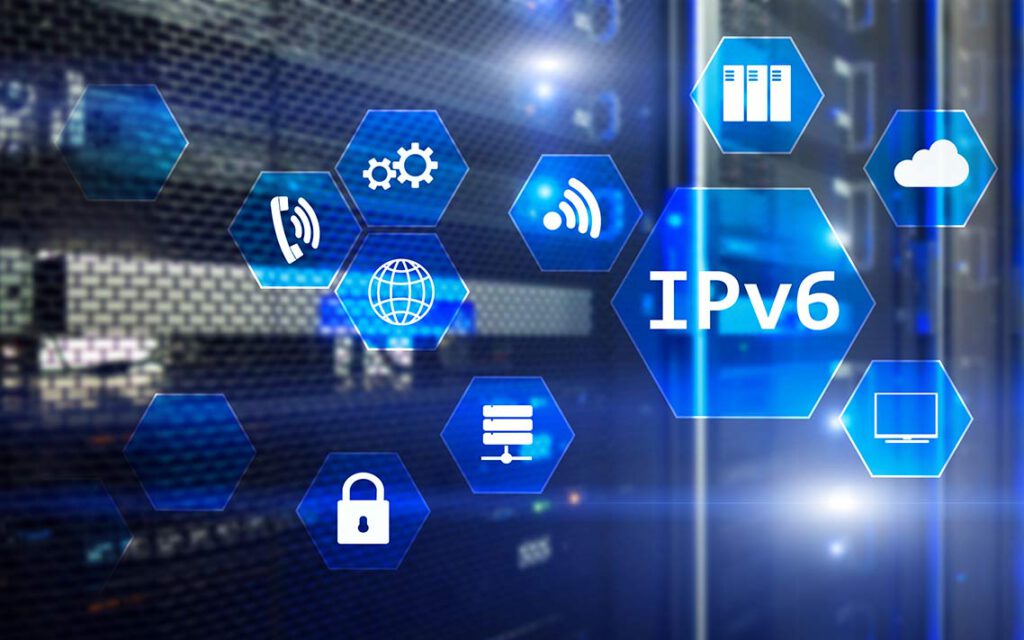The major difference between IPv4 and IPv6 is their addressing systems. While both addressing systems are similar, there are some key differences between them. While IPv4 addresses have more limitations, direct connections ensure that all messages are received intact.
In addition, direct connections are faster, since IPv6 checks for errors at the TCP level, rather than at the IPv4 level. While both addressing systems increase internet speed, IPv6 addresses are harder to hide from hackers because of their patterns.
Transition from IPv4 to IPv6
The internet is currently undergoing a massive transition from IPv4 to IPv6. The benefits of IPv6 are not only global but also enterprise-level. Some large companies, including Microsoft, T-Mobile, and AARNet, have already switched over to dual-stack implementation systems.
These businesses are experiencing tremendous benefits from IPv6 and are actively transitioning their networks. If you’re looking to upgrade your network, consider SolarWind IP Address Manager. This tool will help you find available IPv6 addresses and provide you with an IPv6 address space.
It’s also important to note that there’s still considerable incompatibility between IPv4 and IPv6, and as a result, many services providers are far behind in their transition. The lack of backward compatibility means that ISPs will have to make costly hardware and software upgrades to support IPv6-enabled devices.
Moreover, enterprise employees are likely already using IPv6 at home. If you’re thinking about upgrading your network, there are several ways to manage the situation.

Photo by Mati Mango on Pexels
Issues with IPv4 addressing
One of the most pressing concerns of service providers today is the imminent depletion of IPv4 addressing space. Regional broadband communications service providers are now running into this problem, as the private IPv4 block size is insufficient to address all of their customers.
As a result, they must run multiple layers of Carrier-Grade NAT (CGN) to handle traffic, which can cause substantial performance and management issues. The original Internet infrastructure simply did not have enough capacity to meet the rising demand for IPv4 addresses.
That lack of capacity has been compounded by several additional factors. The growing number of devices connected to the Internet has pushed demand for IPv4 addresses to unprecedented levels. This increased demand for addresses is a result of many factors that were unanticipated by the network’s designers. In response, the IPv4 address pool has been reduced to less than half of its original size.

Photo by olia danilevich on Pexels
Impact of IPv4 addressing on IPv6 networks
In recent months, the deployment of IPv6 has increased substantially. Today, more than half of Local Internet Registry accounts hold IPv6 addresses, and over 30 percent of networks have already announced the use of an IPv6 prefix within the RIPE NCC service region.
RIPE NCC is now issuing 50 IPv6 allocations per week, with higher rates during peak periods. Compared to the five Regional Internet Registries (RIPE, APNIC, EIGRP, and IANA), RIPE NCC is leading the way with IPv6 adoption.
While exhaustion of IPv4 addresses is a continuing process, the current system allows for the transfer of IPv4 address space. The use of black market space would reduce the integrity of IP address registries, and would ultimately harm the stability of the Internet.
Because the IPv4 address space is not assigned by the Registry, it’s difficult to identify the address users. This has led to a widespread problem called squatting, where people and companies attempt to acquire unallocated blocks of IPv4 address space by buying them from the free pool.
Limitations of IPv4 addressing
While the current hierarchical scheme is generally uniform, some issues with IPv4 addressing remain unresolved. For example, because much of the IPv4 address space was formed before the current access provider hierarchy was in place, a summary cannot be created.
In addition, the lack of uniformity of IPv4 address assignments creates complexities at all levels, including individual end users. However, the following issues are not unique to IPv4 addressing.
First of all, IPv6 is designed to provide a flexible global routing hierarchy. IPv6 address space is partitioned into blocks that are assigned to various Next Level Aggregators (NLAs), which represent large global corporate networks and providers. These entities then allocate IPv6 addresses to subscribers. In addition to these top-level aggregators, IPv6 has several additional tiers.

Photo by cottonbro studio on Pexels
IPv6 proxies explained
One of the main advantages of IPv6 (as we mentioned already) is its high level of security. IPv6 developers took into account many security aspects when creating the protocol. Individual IP addresses are protected against eavesdropping.
Furthermore, IPv6 is not geographically restricted. Thus, you can browse unlimited web pages by using an IPv6 proxy. You can use an IPv6 proxy on your computer to access websites in the United States.
Another benefit of using IPv6 proxies is that they provide better security than IPv4 ones. Unlike free services, these providers do not share your IP address with other users. Thus, IPv6 proxies are the best way to remain anonymous while using the Internet.
The customer service staff at IPv6 proxy providers is available twenty-four hours a day, seven days a week. And if you have any questions, they’ll be happy to answer them.
Apart from providing you with the best privacy, IPv6 proxies also allow you to use a more secure and exclusive private IP address. While the IPv4 proxies support only 32-bit addresses, IPv6 proxies use 128-bit IPv6 addresses.
Therefore, if you wish to use an IPv6 proxy, you must use an IPv6-capable device. You can also use an IPv6 proxy to surf the Internet faster and more securely.
Since IPv6 IPs aren’t mass available right now when it comes to high-quality residential proxies, we’d recommend to wait until IPv6 addresses become more popular before moving to this kind of proxy services.
